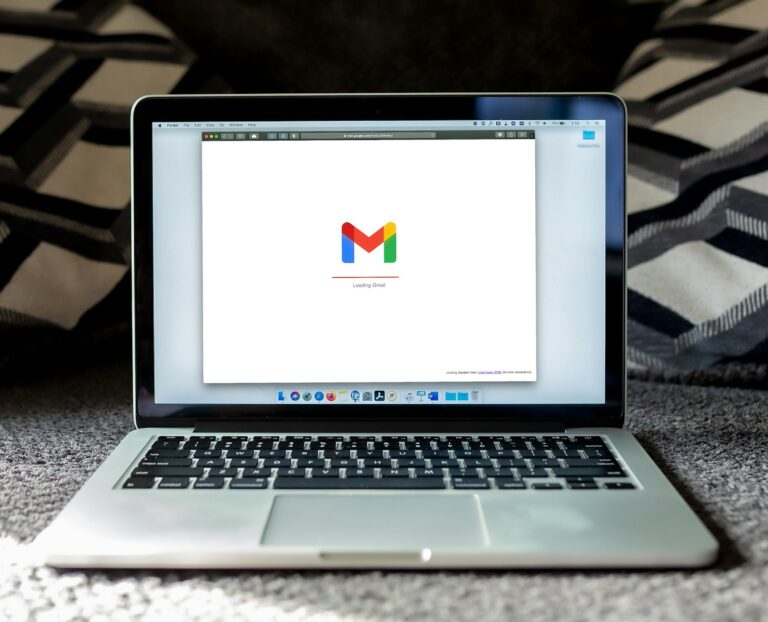Imagine turning a $20 Raspberry Pi or an outdated Chromebook into a mini AI image generator that runs offline, on-device, and uses just 1 GB of RAM. Sounds impossible? Not anymore.
In this guide, we’re diving deep into how to run DALL·E Mini (also known as Craiyon) on low-spec edge devices especially those with just 1 GB RAM. Whether you’re a hobbyist, educator, or an AI tinkerer looking to deploy generative AI in the field without internet dependency, this one’s for you.
Why Run DALL·E Mini on Edge Devices?
Running AI models like DALL·E Mini locally has powerful use-cases:
- Privacy-first environments (healthcare, classrooms, IoT devices)
- Remote areas with no internet
- Ultra-low-cost AI deployments (developing countries, hobby labs)
- Educational kits for learning AI without cloud costs
It also opens the door for:
- Creative offline apps
- Image-based games
- Art bots for kiosks or embedded screens
But how do you make such a large model work on just 1 GB RAM?
Step 1: Understanding the Limitations
DALL·E Mini is a compact version of OpenAI’s DALL·E, built with smaller transformers and trained by the community (Craiyon project). Still, it’s not exactly lightweight by default.
Key hurdles on low RAM devices:
- Memory constraints for loading the model
- Latency in generating outputs
- Storage limits (if using full-precision models)
- CPU-only execution (no GPU acceleration)
We have to overcome these using smart tricks, like:
- Quantization
- Model distillation
- Swap-optimized execution
Let’s build this step by step.
Step 2: Choosing the Right Device
Any of the following edge devices can run a stripped version of DALL·E Mini:
| Device | CPU | RAM | OS |
|---|---|---|---|
| Raspberry Pi 4 (1 GB) | ARM Cortex-A72 | 1 GB | Raspbian / Ubuntu Lite |
| Jetson Nano (1 GB) | ARM Cortex-A57 | 1 GB | Ubuntu |
| Old Chromebook (Intel Celeron) | x86 | 1 GB | Linux (GalliumOS) |
| Android Phone (rooted) | ARM | 1 GB | Termux / Ubuntu PRoot |
For best stability, we recommend x86 or ARMv8 devices. DALL·E Mini does NOT run well on ARMv6 or older ARMv7 CPUs.
Step 3: Installing Dependencies
We’ll use a Python-based environment, and strip it down.
sudo apt update
sudo apt install python3-pip
python3 -m pip install virtualenv
virtualenv dalle_env
source dalle_env/bin/activateInstall lightweight dependencies:
pip install torch==1.7.1 torchvision==0.8.2
pip install transformers==4.6.1
pip install flax==0.3.4
pip install jax==0.2.13 jaxlib==0.1.65
pip install PillowUse older versions to reduce RAM usage. JAX + Flax are required for the original DALL·E Mini model.
Step 4: Download a Quantized Model
Using a full-precision DALL·E Mini model would instantly eat all memory. Instead:
- Use a quantized ONNX version
- Or a distilled 8-bit PyTorch version
You can find community-converted models here:
Once downloaded, strip large unused layers, and load using torch.load(map_location="cpu").
Step 5: Code for Low-RAM Execution
Here’s a simplified script to generate images, optimized for edge use:
from transformers import DalleBartProcessor, DalleBartForConditionalGeneration
from PIL import Image
import torch
model = DalleBartForConditionalGeneration.from_pretrained("path_to_model", low_cpu_mem_usage=True)
processor = DalleBartProcessor.from_pretrained("path_to_model")
prompt = "an astronaut riding a horse in a futuristic city"
inputs = processor([prompt], return_tensors="pt")
with torch.no_grad():
generated_ids = model.generate(**inputs, max_length=64)
image = processor.decode(generated_ids[0], skip_special_tokens=True)
image.save("output.jpg")Tips:
- Run inference in
torch.no_grad()mode - Use
low_cpu_mem_usage=True - Reduce
max_lengthif RAM spikes
Step 6: Speeding It Up With Swap & TempFS
If your 1 GB RAM device keeps crashing:
- Create a swap file
sudo fallocate -l 2G /swapfile
sudo chmod 600 /swapfile
sudo mkswap /swapfile
sudo swapon /swapfile- Mount a TempFS directory to load intermediate images in memory
sudo mount -t tmpfs -o size=512M tmpfs /mnt/tmpThese tricks let you squeeze 1-2 inference loops on tiny memory.
Step 7: Add a Minimal Web UI (Optional)
Use Flask to create a local API for your DALL·E Mini instance:
pip install flaskfrom flask import Flask, request, send_file
app = Flask(__name__)
@app.route('/generate')
def generate():
prompt = request.args.get('prompt', '')
# generate image using model
# save as /mnt/tmp/out.jpg
return send_file("/mnt/tmp/out.jpg")
app.run(host='0.0.0.0', port=8000)You can now access it from a mobile browser in local Wi-Fi!
Real-World Use Cases (2025)
1. Classroom Projects in Remote Schools (UK)
Schools in rural Scotland use stripped DALL·E Mini builds on Raspberry Pi kits to teach AI literacy with zero cloud costs.
2. Art-on-the-Go for Mobile Creators (USA)
Indie creators in Arizona built local art-bots using Craiyon forks on old Android phones with custom keyboards that generate AI art in real-time.
3. Privacy-Safe Kiosks in Cafes
One London startup created art-generation booths in coffee shops using low-cost x86 boards, running fully offline.
Challenges & What to Expect
- Image generation takes 30–60 seconds on low-end CPUs
- Quality is decent but nowhere near SDXL or DALL·E 3
- Model loading time is 1–2 minutes
But the benefits?
- No cloud billing
- Complete data privacy
- Extreme portability
Alternatives If DALL·E Mini Fails
- Try Stable Diffusion Nano (optimized for edge use)
- Use DeepAI’s text-to-image API with internet fallback
- Explore RunwayML’s export tools for offline inference
The future of AI is not just in the cloud it’s on the edge. Running DALL·E Mini on a device with just 1 GB RAM is a breakthrough in democratizing generative AI.
With some smart optimization and patience, you can bring image generation capabilities to the most modest of hardware setups.



